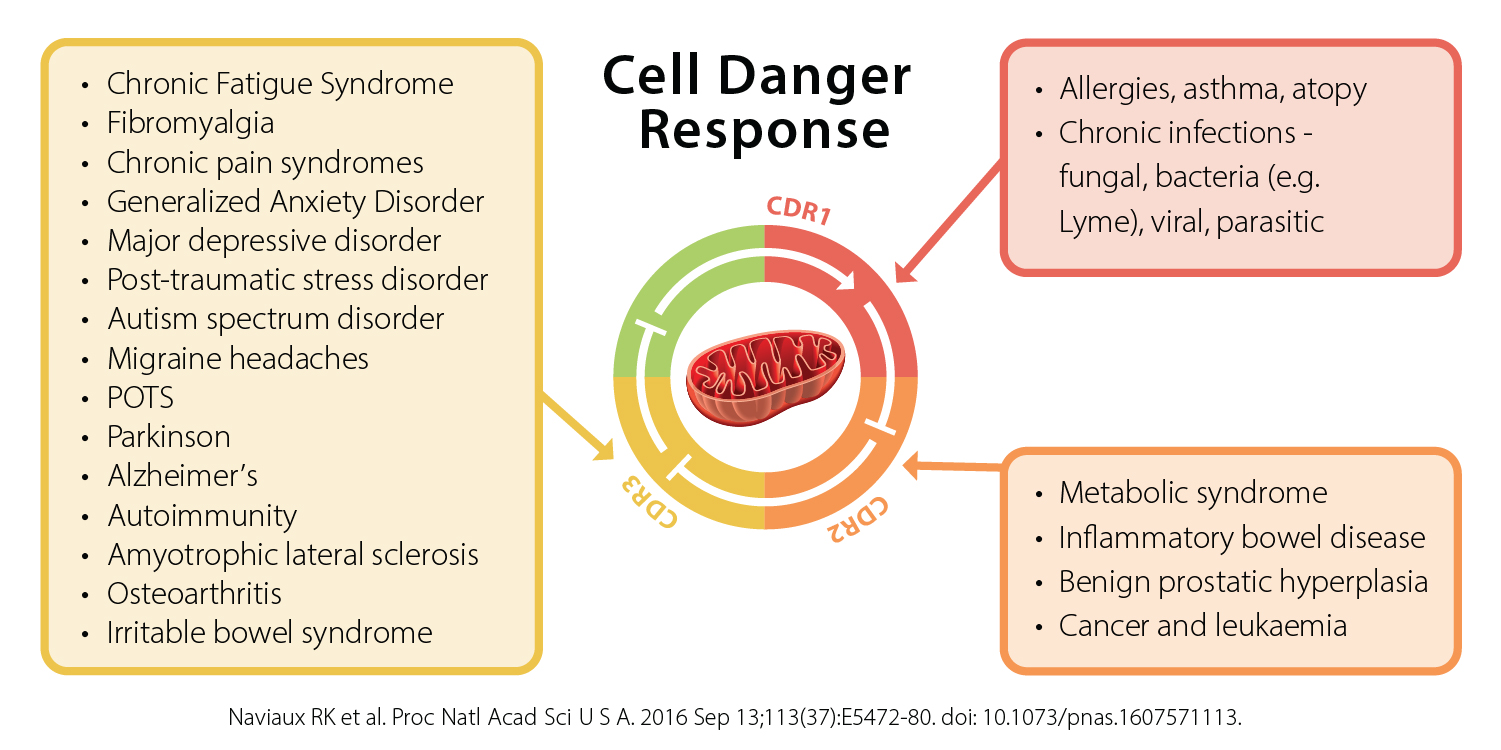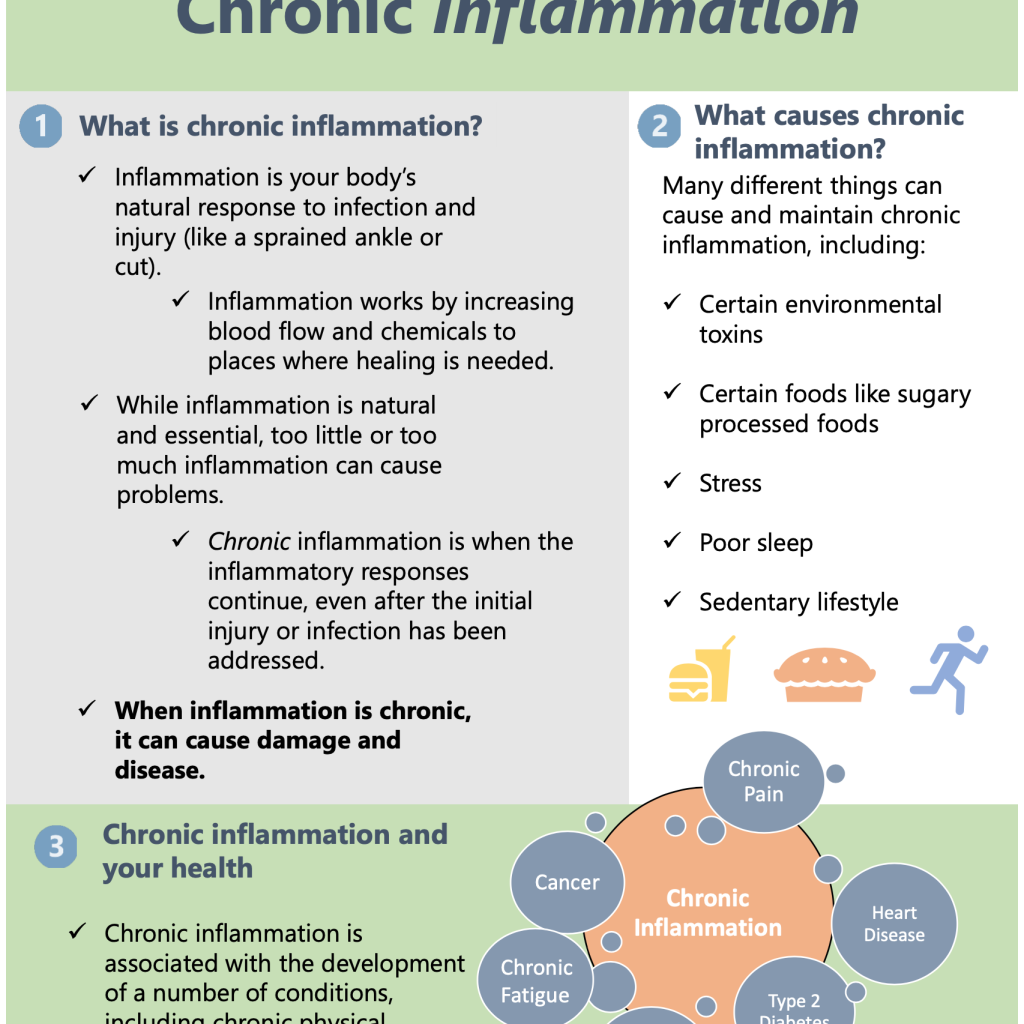The information and resources shared at this site has been compiled by a layperson not a health professional. Before going any further please read the disclaimer.

After a trauma or injury ( physical, chemical-toxic, infectious. psychological) most people recover but others develop danger response illnesses. Usually if they have certain DNA predisposition and or a high allostatic load (this increases as we age!).
While there are different treatments for different conditions there are actually many overlaps, as improving health in multifactoral way, tends to reduce common causes of toxicity, inflammation, stress and sensitisation (TISS), which can be triggers and maintainers of symptom flares. And also the development of other conditions. Which may result in many for some people, for example this can be a concern in those who have inherited connective tissue disorders and joint laxity.
Note: TISS is not an official medical term!
FOR BEST RESULTS
For the best results for improving symptoms and conditions consider a whole health approach and the following tips for success 1. And if comfortable find out and discuss your DNA predisposition and discuss recommendation with your health professional, who ultimately needs to be involved in your treatment decisions.

- https://veteranhealthcoach.org/sites/default/files/2020-09/Tools_For_Success.pdf ↩︎
